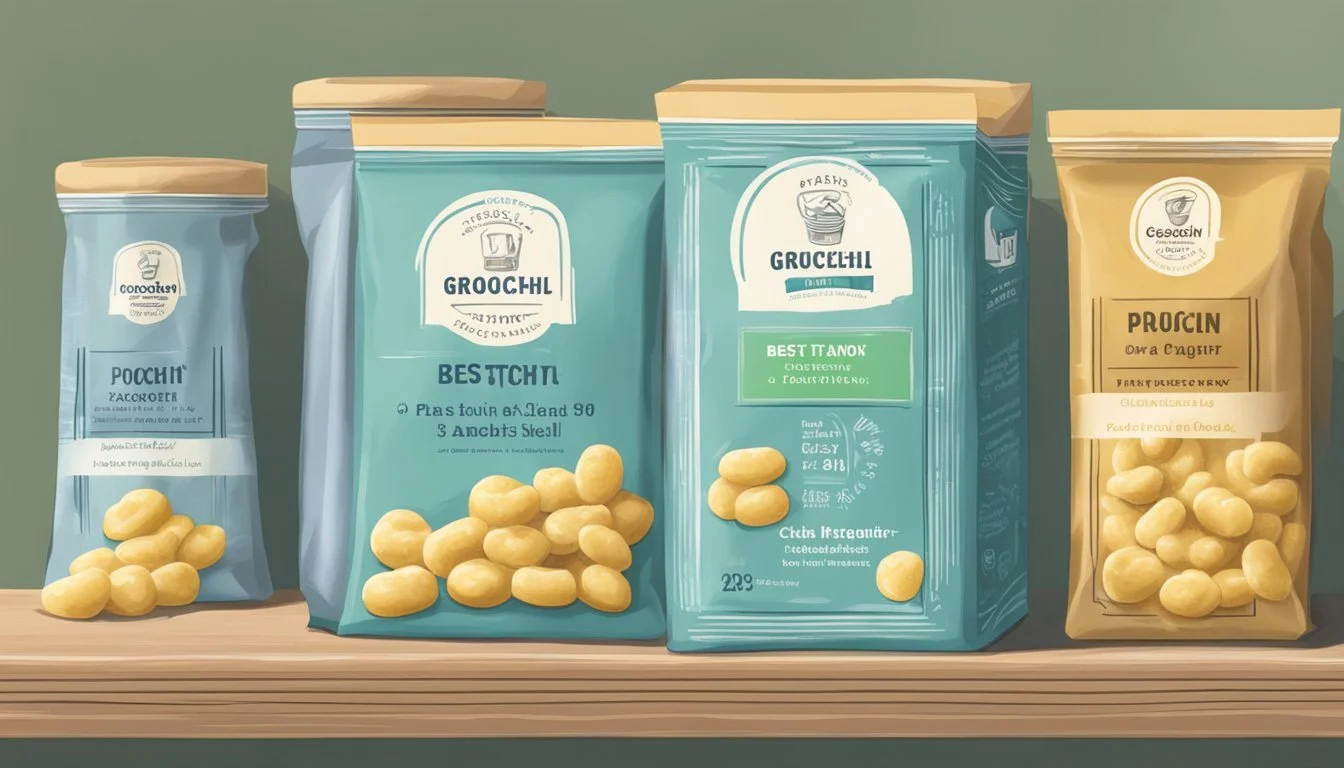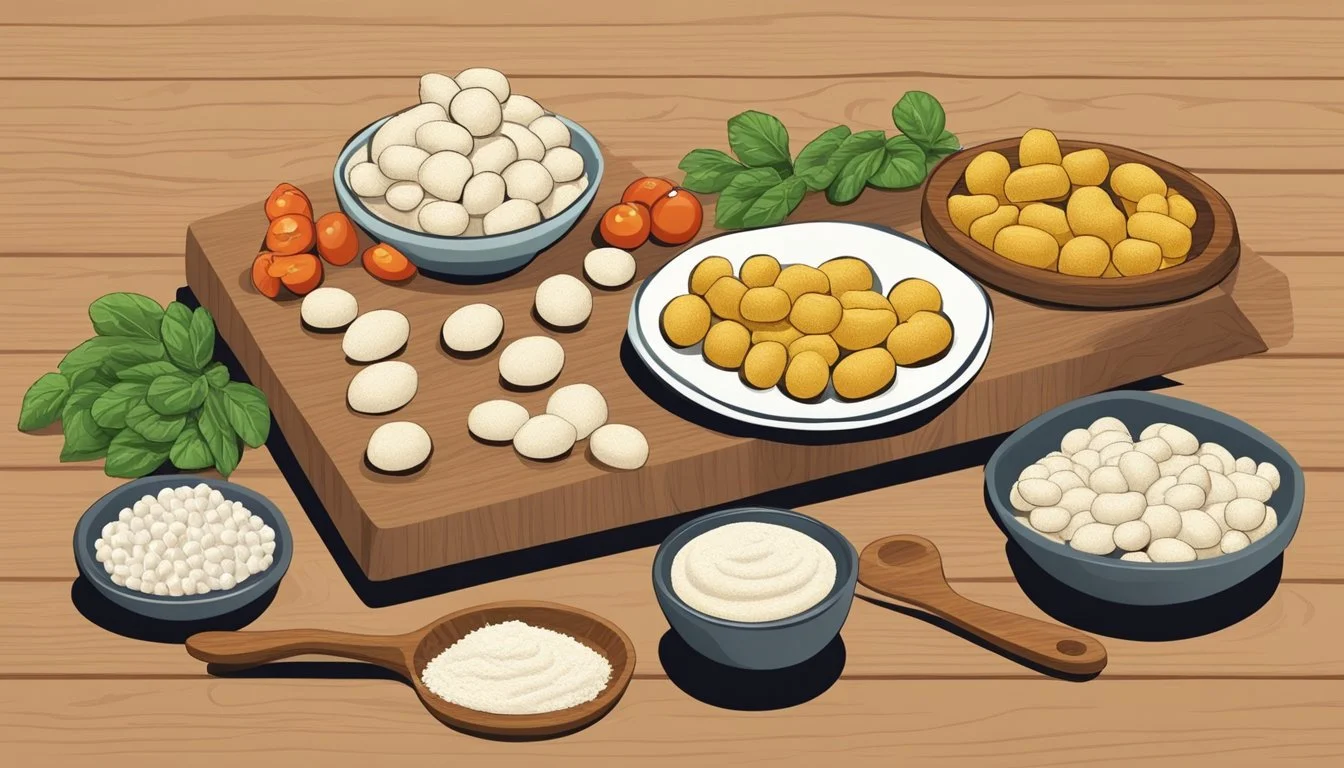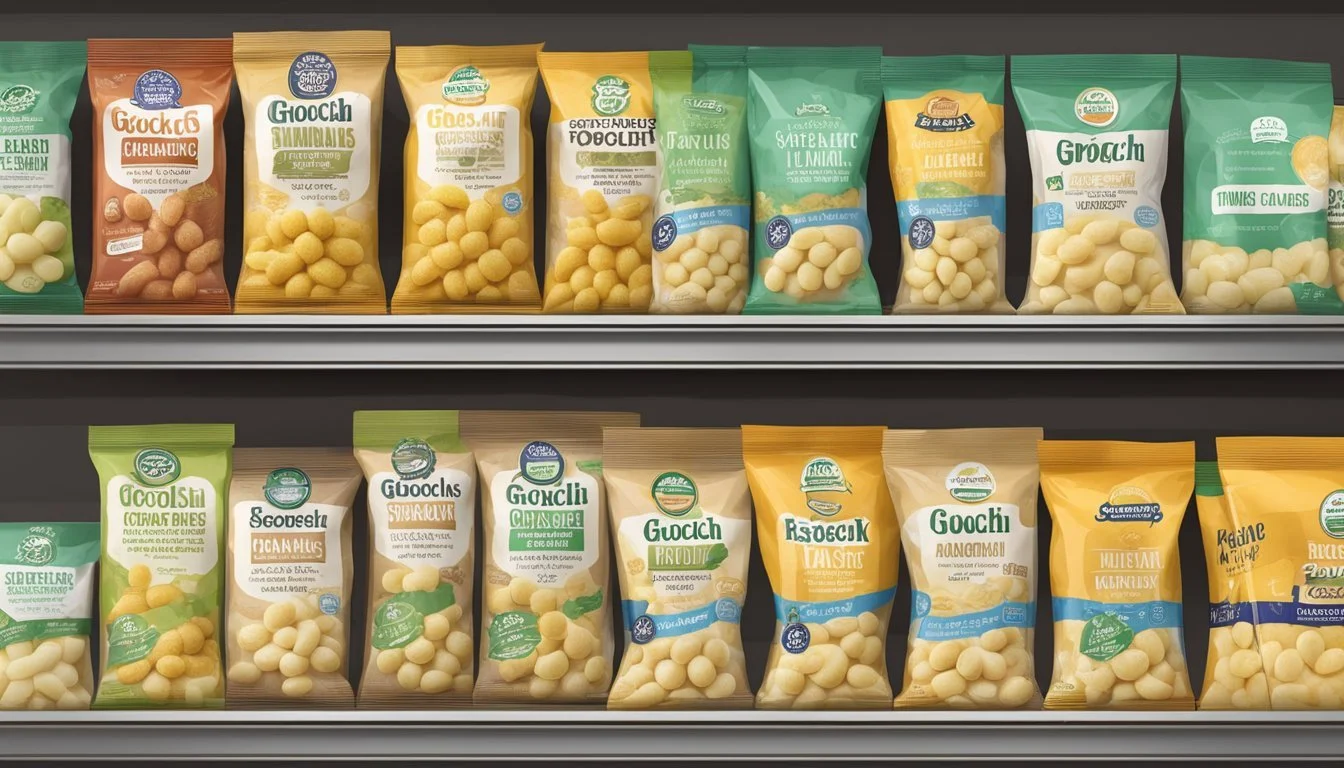How to Tell if Packaged Gnocchi Is Bad
Gnocchi pasta is a beloved Italian comfort food, cherished for its soft, pillowy texture and ability to absorb rich flavors from sauces like tomato sauce, butter, or even hot sauce. Whether you’re working with homemade gnocchi or store bought gnocchi, knowing how to store it properly and how to tell if packaged gnocchi is bad is essential for enjoying this delicious pasta safely and at its best.
In this guide, we’ll cover everything from the shelf life of fresh and frozen gnocchi, tips for storing uncooked gnocchi, how to avoid freezer burn, to cooking and reheating techniques that preserve flavor and texture. Let’s dive in!
Understanding Gnocchi: Fresh, Frozen, and Shelf Stable
Gnocchi typically lasts a short time when fresh but can be preserved for longer storage when frozen or shelf stable. The key to enjoying gnocchi lies in understanding these differences and how to handle each type.
Fresh Gnocchi
Fresh gnocchi, whether homemade or store bought, is prized for its delicate texture and fresh taste. Made from potatoes, flour, and sometimes eggs, fresh gnocchi typically lasts only 1-2 days when refrigerated in an airtight container. Because it has a shorter shelf life, it’s best to eat fresh gnocchi within two hours of cooking or store it properly to maintain its texture and flavor.
Frozen Gnocchi
Frozen gnocchi offers home cooks the benefit of longer storage without sacrificing much of the texture or taste. When frozen correctly—spread in a single layer on a baking sheet lined with parchment paper or a paper towel to prevent sticking, then transferred to airtight freezer bags—frozen gnocchi can last 2-3 months in the freezer. This method helps prevent freezer burn and preserves the gnocchi’s delicious flavor.
Shelf Stable Gnocchi
Shelf stable gnocchi is vacuum-packed and designed to last for months at room temperature when stored properly in a cool, dry place. This variety offers unlimited access to gnocchi without the worry of spoilage, but once opened, it should be transferred to an airtight container and refrigerated to maintain quality.
How to Store Uncooked Gnocchi to Maximize Shelf Life
Proper storage of uncooked gnocchi is crucial to prevent spoilage and bacterial growth.
At Room Temperature: Uncooked gnocchi should not be left out at room temperature for more than a few hours. Leaving it out longer can promote bacterial growth and increase the risk of food poisoning.
In the Refrigerator: Store uncooked gnocchi in an airtight container in the fridge. This can keep gnocchi fresh for up to a week, but be mindful of moisture, which can cause sogginess or texture changes.
Freezing Uncooked Gnocchi: For longer storage, freeze uncooked gnocchi by arranging them in a single layer on a baking sheet lined with parchment paper or a paper towel to prevent sticking. Once frozen solid, transfer the gnocchi to airtight freezer bags. This method preserves texture and prevents freezer burn.
How to Tell if Packaged Gnocchi Is Bad
Even store bought gnocchi can spoil if not stored correctly. Here’s how to tell if packaged gnocchi has gone bad:
1. Check the Expiration Date
Always start by checking the printed date or expiration date on the package. If the gnocchi is past this date, it’s safest not to eat it.
2. Inspect the Packaging
Damaged or bloated packaging could indicate bacterial growth or air exposure.
Tears or holes allow moisture and bacteria in, shortening shelf life.
3. Look for Visual Signs
Visible mold: Green, black, or fuzzy spots are clear signs of spoilage.
Discoloration: Any unusual darkening or spots suggests the gnocchi is no longer fresh.
4. Smell Test
Spoiled gnocchi often has an off or sour odor, unlike fresh gnocchi’s neutral, starchy smell.
5. Feel the Texture
Sticky or slimy feel: Indicates bacterial growth, especially in refrigerated uncooked gnocchi.
Hard or crumbly pieces: Could mean the gnocchi is dried out or past its prime.
If you notice any of these signs, discard the gnocchi to avoid harmful bacteria and food poisoning.
Cooking Gnocchi Pasta: Tips for Perfect Texture and Flavor
Cooking gnocchi is simple but requires attention to detail to keep the perfect texture.
Boil Water: Bring a large pot of salted boiling water to a rolling boil.
Add Gnocchi: Drop gnocchi pasta gently into the boiling water.
Watch for Floating: Gnocchi typically floats to the surface within a few minutes, signaling it’s cooked.
Remove Promptly: Use a slotted spoon to remove the gnocchi immediately to prevent sogginess.
Serve or Store: Toss cooked gnocchi with olive oil, butter, or your favorite sauce like tomato sauce or hot sauce to enhance flavor.
Reheating Cooked Gnocchi: Preserving Taste and Texture
Cooked gnocchi can be refrigerated or frozen for later use. Here’s how to reheat it deliciously:
Refrigerated Cooked Gnocchi: Store in an airtight container and consume within 3-4 days. Reheat in a pan over medium heat with a drizzle of olive oil or butter, stirring occasionally to prevent sticking.
Frozen Cooked Gnocchi: Freeze cooked gnocchi on a baking sheet lined with parchment paper before transferring to airtight freezer bags. Frozen cooked gnocchi typically lasts 2-3 months. Reheat directly from the freezer in a pan, oven, or microwave—no need to thaw first.
Food Styling and Presentation Tips for Gnocchi
For an appetizing presentation, use food styling techniques such as:
Covering gnocchi with a damp paper towel to prevent sticking during prep or freezing.
Using prop styling to arrange gnocchi neatly on plates.
Adding a drizzle of olive oil or a sprinkle of cheese to enhance both taste and appearance.
Food Safety Best Practices for Gnocchi
To keep your gnocchi meals safe and delicious:
Never leave uncooked gnocchi at room temperature for more than two hours.
Store fresh, cooked, and frozen gnocchi in airtight containers or freezer bags to minimize air exposure and prevent freezer burn.
Always check for visible mold, off smells, or sticky textures before cooking or eating.
Follow printed expiration dates and discard gnocchi past its shelf life.
Bonus: Pairing Gnocchi with Sauces and Additions
Gnocchi pairs wonderfully with a variety of sauces and toppings. Classic tomato sauce, melted butter with sage, creamy cheese sauces, or a spicy hot sauce can all elevate your gnocchi pasta to a delicious meal. For added richness, toss gnocchi in a pan over medium heat with butter or olive oil before serving.
Conclusion: Enjoy Gnocchi Safely and Deliciously
Whether you’re making homemade gnocchi or enjoying store bought varieties, understanding how to tell if packaged gnocchi is bad and how to store it properly ensures every meal is safe and delicious. Use airtight containers, freeze with care on baking sheets lined with parchment paper, and always check for signs of spoilage before cooking. With these tips, you’ll have fresh, flavorful gnocchi pasta ready to enjoy anytime. Bon appétit!






